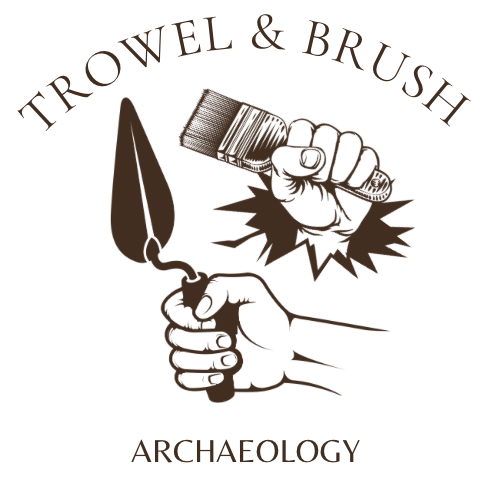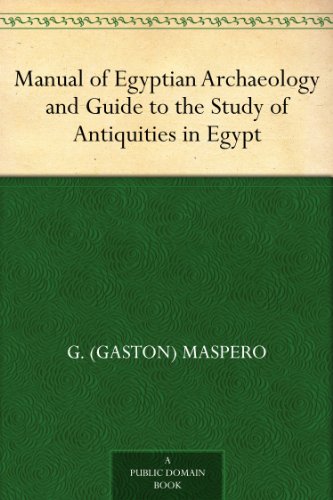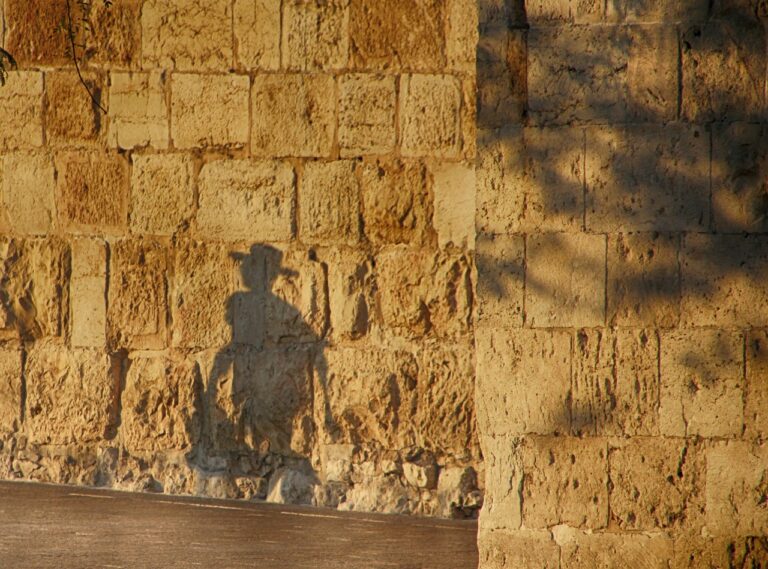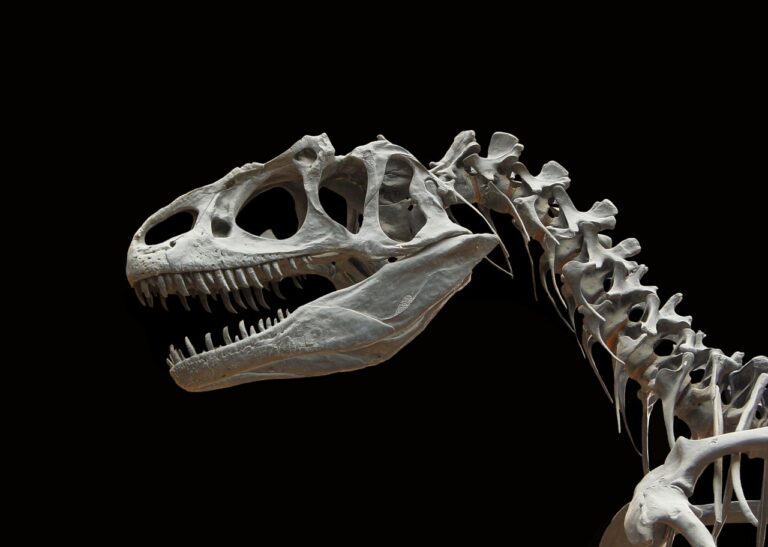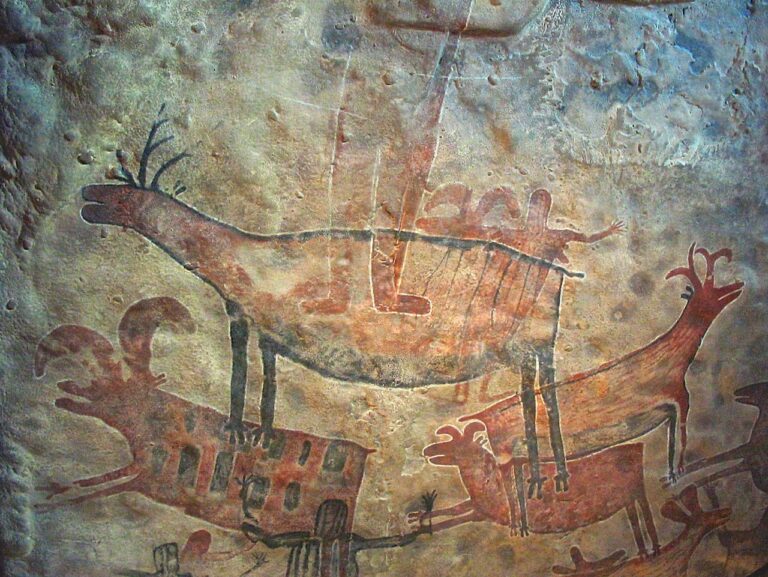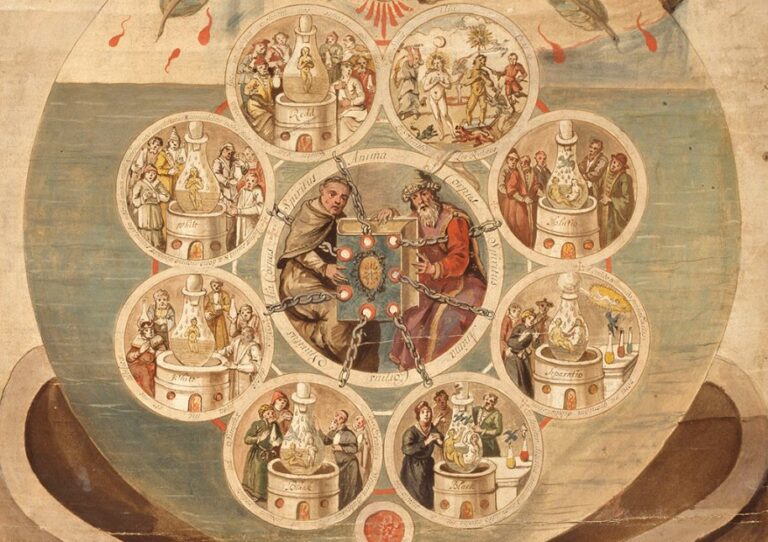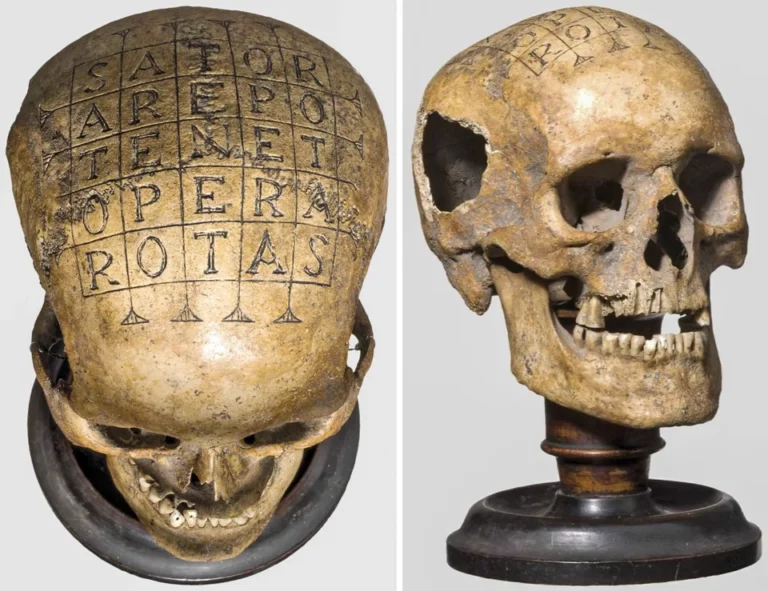The Fascinating Questions Archaeologists Ask
Archaeology holds a fascinating allure for those seeking to unlock the mysteries of ancient civilizations.
Digging through layers of history, archaeologists meticulously scrutinize artifacts and structures to piece together the puzzle of bygone eras.
But how do these explorers make sense of the fragments they uncover? What questions do they ask to breathe life into their findings?
Join us on a thrilling adventure as we delve into the minds of archaeologists and unveil the secrets behind their captivating inquiries.
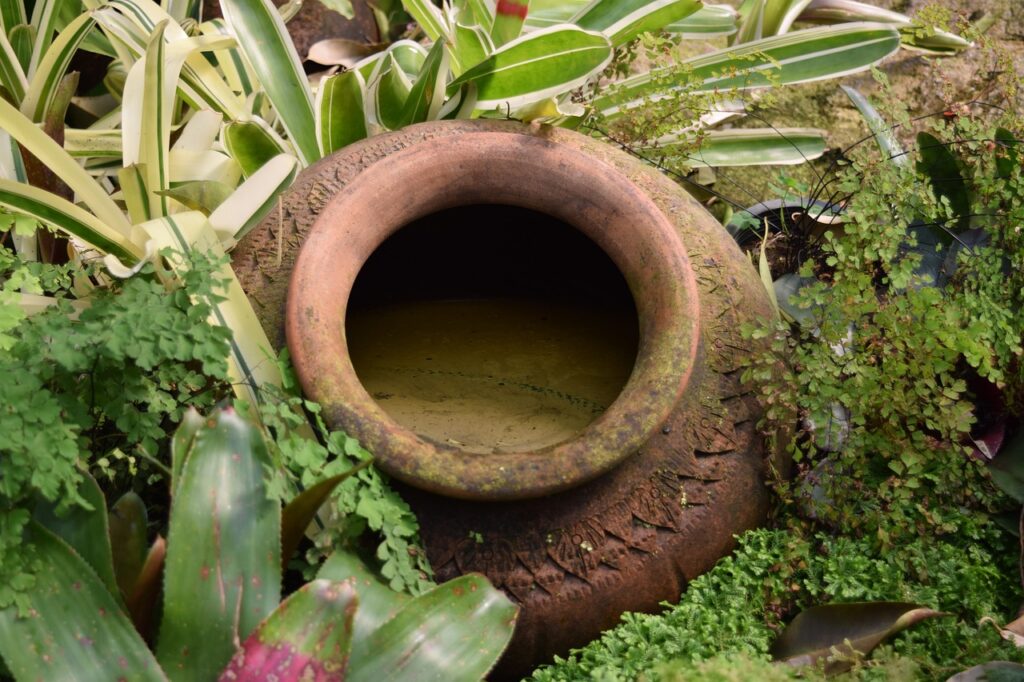
The Questions:
Archaeologists ask:
- What is it?
- When was it made?
- Who made it?
- Why was it made?
- How was it used?
- Where did it come from?
- What can it tell us?
- What are the broader implications?
What is it? – The Quest for Identification
When an archaeologist unearths an artifact or structure, the first question that springs to mind is, “What is it?”
This fundamental query sets the stage for further investigation.
Is it a pot, a tool, or perhaps a religious artifact?
Identifying the object’s purpose and function lays the groundwork for unraveling its historical significance.
When was it made? – Unraveling the Timeline
Dating artifacts is an essential aspect of archaeological research.
By determining the age of an object, archaeologists gain insights into the cultural context and technological advancements of a particular era.
Radiocarbon dating, stratigraphy, and other scientific methods help unravel the mysteries of time and paint a vivid picture of ancient civilizations.
If you would like to learn more about the dating techniques archaeologists use to date artifacts, check out our other article on the topic here: https://trowelandbrush.com/dating-techniques-in-archaeology/
Who made it? – Tracing the Hands of the Past
The creators of archaeological artifacts often remain anonymous, leaving archaeologists to play detective.
By examining stylistic features, craftsmanship, and regional influences, these investigators seek to uncover the hands behind the objects.
Identifying the artisans provides a glimpse into their society, beliefs, and artistic traditions.
Why was it made? – The Motivation Behind Artifacts
Every artifact has a purpose, be it functional, symbolic, or ceremonial.
Archaeologists strive to understand why people crafted or used certain objects.
Was it a tool for survival, a representation of status, or a vessel for religious rituals?
Deciphering the motivations behind ancient creations provides valuable insights into the mindset and values of past civilizations.
How was it used? – Unlocking Ancient Practices
Archaeologists are like anthropologists traveling back in time, studying how past societies lived, worked, and interacted.
By analyzing wear patterns, traces of use, and ethnographic comparisons, these experts try to recreate the daily lives of our ancestors.
Understanding the practical applications of artifacts reveals the social dynamics and technological advancements of ancient cultures.
Where did it come from? – Tracing Trade and Exchange
Artifacts often travel far from their place of origin, opening windows into ancient trade networks and cultural exchanges.
Archaeologists examine the geological composition and chemical signatures of materials to trace the origins of objects.
These investigations illuminate the interconnectedness of civilizations, revealing how goods, ideas, and even people traversed vast distances.
What can it tell us about the past? – Extracting Stories from the Dust
Archaeologists view artifacts as fragments of a larger narrative, each piece contributing to a collective story of the past.
By analyzing the assemblage of artifacts, their spatial distribution, and their relationships with other findings, these researchers reconstruct ancient societies and historical events.
The past whispers through its material remains, and archaeologists are there to listen and interpret its tales.
What are the broader implications? – Connecting the Dots
Archaeology is not just about exploring the past; it also provides valuable insights into contemporary society.
By studying the rise and fall of civilizations, archaeologists draw parallels and lessons that shed light on present-day challenges.
Understanding how past societies faced social, environmental, and political issues can help us navigate our own path into the future.
“Fun Fact: In a recent archaeological discovery, a team of researchers unearthed an ancient Viking game board carved into a rock surface in Norway.
The board, dating back over 1,000 years, featured a game called “Hnefatafl,” which was played by Vikings during their leisure time.
This intriguing find not only sheds light on the recreational activities of the Viking culture but also provides a glimpse into the strategic thinking and social interactions of this fascinating civilization.”
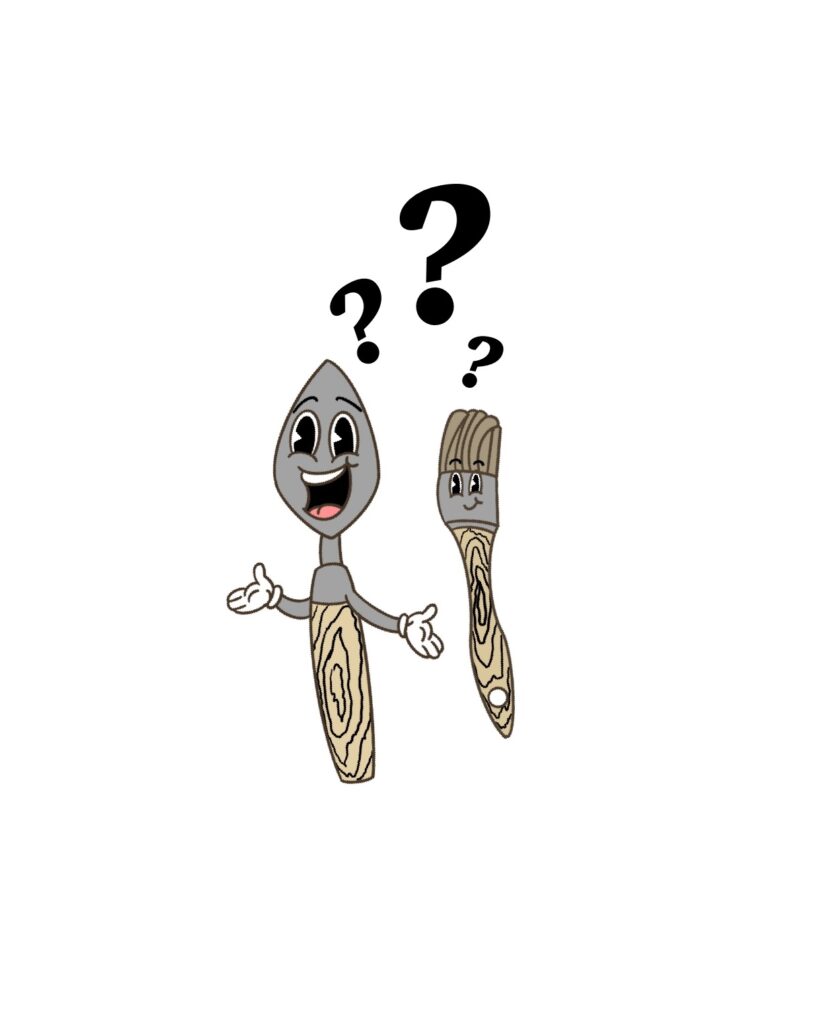
Conclusion
So, there you have it—the intriguing questions that archaeologists ask to better understand their findings.
With each excavation, these passionate investigators journey through time, weaving together fragments to paint vivid portraits of our human heritage.
The artifacts they uncover may be silent, but in the hands of archaeologists, they tell stories of triumph, mystery, and the enduring spirit of human curiosity.
So, the next time you gaze upon a historical artifact in a museum, take a moment to appreciate the questions that archaeologists have asked to unlock its secrets.
If you would like to know more about what we can learn from artifacts, check out our other post on the topic here: https://trowelandbrush.com/what-can-we-learn-from-artifacts/
